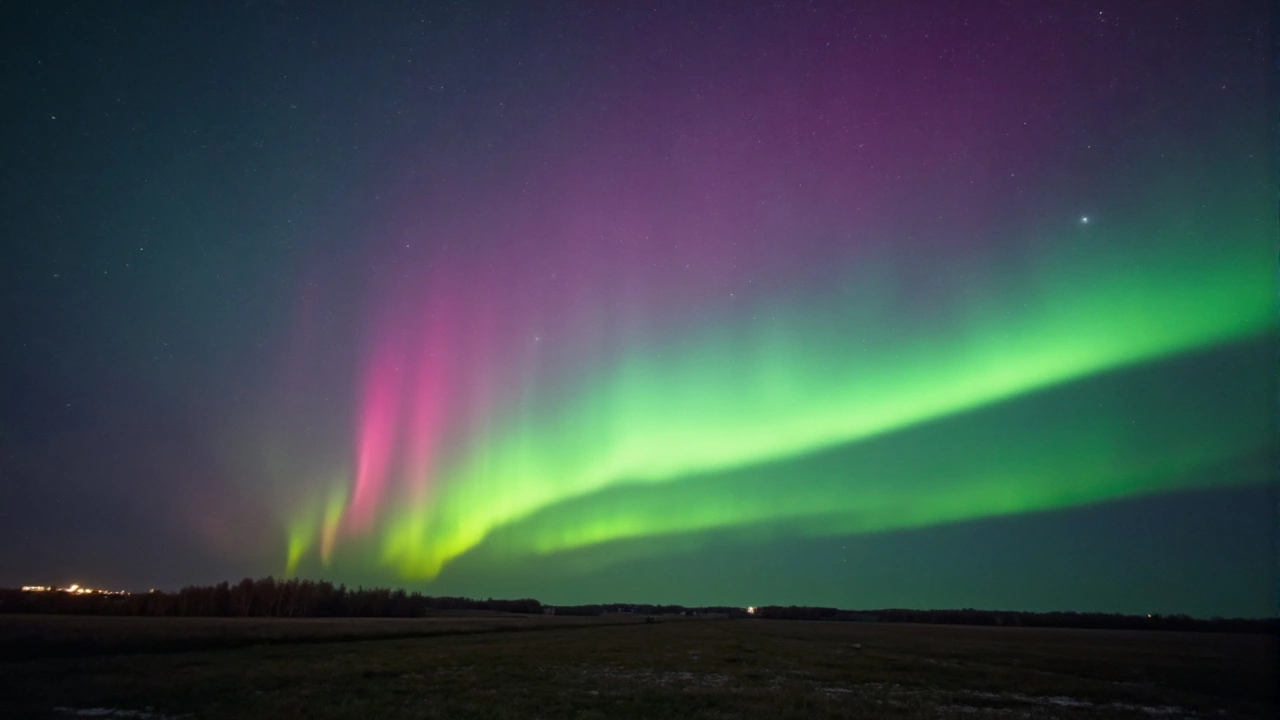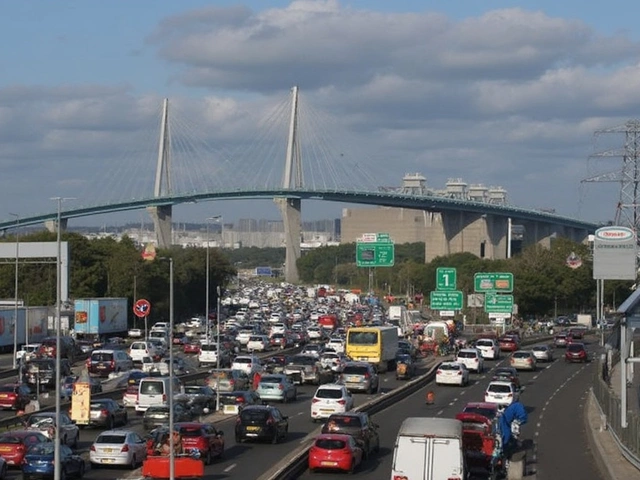Solar Storm Updates – What You Need to Know About Space Weather
Ever looked up at the Sun and wondered if it could mess with your day? A solar storm is exactly that – a burst of solar energy that can hit Earth’s magnetic field and cause real‑world problems. From flickering lights in Manhattan to GPS hiccups at a marathon, this isn’t sci‑fi, it’s happening now.
What a Solar Storm Actually Is
A solar storm starts with a solar flare or a coronal mass ejection (CME). Think of a flare as a bright flash, while a CME throws billions of tons of plasma into space. When the CME reaches Earth, it can trigger a geomagnetic storm that disturbs the planet’s magnetic field. The stronger the storm, the bigger the impact on power grids, satellite communications, and even airline routes.
How It Affects Everyday Life in New York
New Yorkers might feel a solar storm in three main ways:
- Power interruptions: A strong geomagnetic event can overload transformers, leading to blackouts in parts of the city.
- Wireless glitches: Cell towers and Wi‑Fi can lose signal, which means a dropped call during a live broadcast of a Yankees game.
- Aviation delays: Airlines reroute flights to avoid high‑latitude routes, so you might see a longer travel time to Boston or Chicago.
Sports venues are especially vulnerable. A sudden loss of power at a stadium can halt a game, and broadcasting equipment can go dark. That’s why venues keep backup generators ready and monitor space‑weather alerts.
So, how do you stay ahead of the next solar storm? First, sign up for alerts from NOAA’s Space Weather Prediction Center. Their emails and text messages give you a heads‑up minutes to hours before a storm hits. Second, keep chargers and power banks charged – they’re lifesavers when the grid flickers.
If you’re a coach or athlete, consider an indoor backup plan. Bad GPS can mess with tracking apps, so have a paper route or a simple stopwatch ready. For fans watching live, have a secondary device or a TV antenna in case the streaming service drops.
Businesses can protect critical equipment with surge protectors and uninterruptible power supplies (UPS). It’s a small cost compared to the expense of a damaged transformer or lost data.
Finally, remember that solar storms are part of a natural cycle. The Sun goes through an 11‑year solar maximum when storms are more common. Right now we’re heading toward a quieter phase, but it’s smart to stay prepared.
In short, a solar storm can be a minor annoyance or a major disruption, depending on its strength. By keeping an eye on alerts, having backup power, and knowing the basics, you’ll be ready the next time the Sun decides to shake things up.
Kieran Lockhart, Mar, 27 2025
Strong Solar Storm to Illuminate Dutch Skies with Northern Lights Tonight
A strong G3-class solar storm might bring the northern lights to the Netherlands tonight, reaching areas like Groningen and Drenthe. The solar storm is linked to heightened activity during the Sun's 11-year cycle. For the best view, seek dark skies and keep an eye on aurora forecasts, as clear skies and specific magnetic conditions improve visibility.
View More




